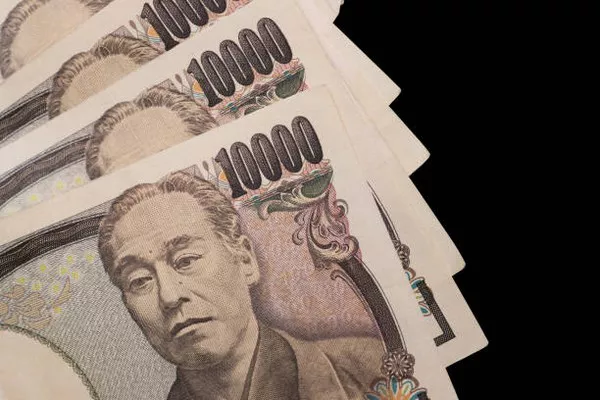According to Takao Ochi, a senior official within Japan’s ruling party, there is currently no active discourse regarding at what level of the yen’s value intervention in the market would be considered necessary. However, Ochi stated that should the yen continue its slide towards 160 or 170 to the dollar, policymakers may be prompted to take action.
In an interview with Reuters on Tuesday, Ochi, who serves as the secretary-general of the Liberal Democratic Party’s (LDP) research commission on finance and banking systems, emphasized the absence of a consensus on appropriate yen levels for intervention within the party. He suggested that rather than hastily reversing the yen’s depreciation, a careful evaluation of its impact would be necessary.
Ochi highlighted that the recent movement in the currency market has been largely influenced by the substantial interest rate gap between Japan and the United States. He acknowledged that a weak yen carries both advantages and disadvantages for the economy.
The yen’s descent to a 34-year low near 155 yen against the dollar, propelled by a broad dollar rally driven by diminishing expectations of an imminent U.S. interest rate cut, has increased the likelihood of currency intervention by Japanese authorities.
Japanese Finance Minister Shunichi Suzuki further emphasized this prospect by issuing his strongest warning yet on the potential for intervention, following discussions with U.S. and South Korean counterparts last week.
Year-to-date, the yen has depreciated approximately 9% against the dollar. However, decisions regarding foreign exchange intervention are inherently political in Japan. The last intervention took place in 2022, aimed at bolstering the yen amidst public discontent over its weakness and concerns about rising living costs.


